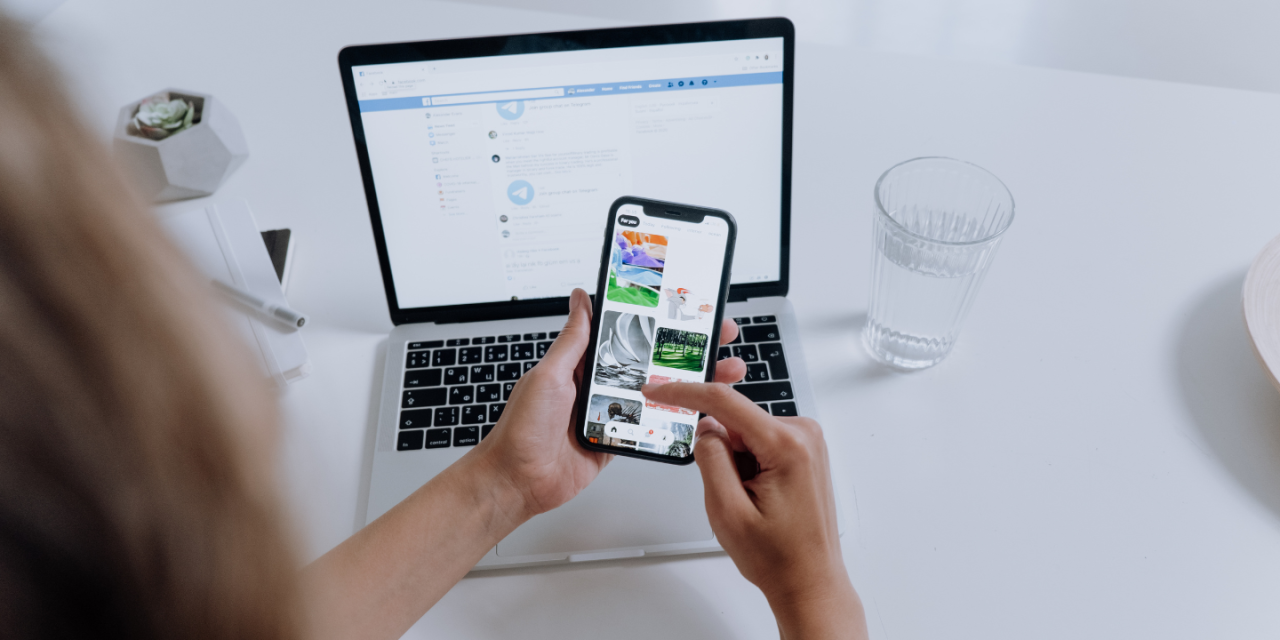In the Philippines, entrepreneurship isn’t confined to boardrooms or business schools. It lives in the streets, in homes, and increasingly—online. From selling homemade snacks to reselling thrifted clothes, Filipino digital sellers have turned their phones into storefronts. And while new platforms emerge every year, one remains the undisputed champion: Facebook.
It’s not just a tool. It’s a way of life. For millions of Filipinos, Facebook is where they connect, share, and now—sell.
Why Platform Choice Matters
Selling online isn’t just about uploading products. It’s about being seen, being trusted, and being reachable. The platform you choose shapes your visibility, your credibility, and your growth. For Filipino digital sellers, Facebook offers something no other platform can match: proximity to the buyer. It’s where the audience already lives. And in digital selling, that’s half the battle won.
Facebook Is Everywhere
With over 90% of Filipinos actively using Facebook, it’s more than a social network—it’s a national infrastructure. From Luzon to Mindanao, Facebook is the default app on every smartphone. It’s data-friendly, mobile-optimized, and deeply woven into daily routines. This ubiquity means sellers don’t have to chase customers. They’re already there—scrolling, commenting, and buying.
Even in areas with limited internet access, Facebook’s Lite version and zero-data promos from telcos make it accessible. For Filipino digital sellers, this means uninterrupted reach, even in remote barangays.
Selling to People You Know
In the Philippines, trust is everything. Buyers want to know who they’re dealing with. They want to see mutual friends, shared groups, and real conversations. Facebook enables this beautifully. Sellers can post in their personal timelines, tag friends, and engage in comments. Messenger becomes the negotiation table, the customer service desk, and the delivery tracker—all in one.
This social selling dynamic builds confidence. Buyers feel safer. Sellers feel supported. And transactions feel more human.
Facebook Marketplace: The New Palengke
Walk through any Filipino town and you’ll find a palengke—lively, local, and full of bargains. Facebook Marketplace is the digital version of that experience. It’s informal, fast, and hyperlocal. Sellers post items with minimal setup. Buyers search by location, price, or category. No need for a website, no need for a storefront.
Compared to platforms like Lazada, Shopee, or TikTok Shop, Facebook Marketplace feels more personal. It’s not about polished product pages—it’s about real people selling real things. And for many Filipino digital sellers, that’s exactly what works.
Groups Are the Secret Sauce
Beyond Marketplace, Facebook Groups are where the real selling happens. These are niche communities—“Buy and Sell Iloilo,” “Online Ukay CDO,” “Home-Based Business PH”—where sellers and buyers interact daily. These groups are trust-based ecosystems. Sellers build reputations. Buyers return for repeat purchases. Admins moderate for safety. And everyone benefits from the shared culture of support.
For Filipino digital sellers, groups offer targeted visibility and organic engagement—two things that paid ads can’t always guarantee.
No Website? No Problem.
One of Facebook’s greatest strengths is its low barrier to entry. You don’t need a domain name. You don’t need a developer. You don’t even need a business registration to start. All you need is a product, a phone, and a story.
Filipino digital sellers can launch their business in minutes. They can test ideas, pivot quickly, and grow without overhead. Facebook democratizes entrepreneurship—making it accessible to anyone with ambition.
Facebook Ads: Small Budget, Big Impact
While organic reach is powerful, Facebook Ads offer another layer of opportunity. With just ₱100, sellers can boost a post and reach thousands of potential buyers. The platform’s ad tools allow for geo-targeting, interest-based segmentation, and retargeting. Sellers can focus on specific cities, age groups, or even hobbies.
For example, a seller of handmade candles in Iligan can target women aged 25–45 in Northern Mindanao who like “home decor” and “local crafts.” That’s precision marketing—on a shoestring budget. And because Facebook is mobile-first, these ads show up where buyers are most active: their phones.
Real Stories, Real Impact
Meet Ana, a mother of three from Digos. She started selling banana chips on Facebook to supplement her income. Within six months, she had regular customers, bulk orders from nearby schools, and even resellers in neighboring towns. Or Jay, a college student in Gensan. He began flipping thrifted clothes through Marketplace. Today, he runs a full-time online store with over 10,000 followers and a steady stream of orders.
These aren’t isolated cases. They’re part of a growing movement of Filipino digital sellers who’ve turned Facebook into their launchpad.
Challenges Exist, But So Does Resilience
Facebook isn’t perfect. Algorithms change. Organic reach fluctuates. Scams happen. But Filipino sellers are resilient. They adapt. They learn. They warn each other in groups. They build backup pages. They diversify their strategies. And through it all, they continue to thrive—because the platform still offers more opportunity than risk.
Why Facebook Still Wins in 2025
Because it’s not just a platform—it’s a community. It’s where Filipinos connect, celebrate, and now, sell. For Filipino digital sellers, Facebook offers:
- Massive reach
- Built-in trust
- Low startup costs
- Hyperlocal targeting
- Community-driven growth
It’s still the #1 platform. And it’s still growing.

